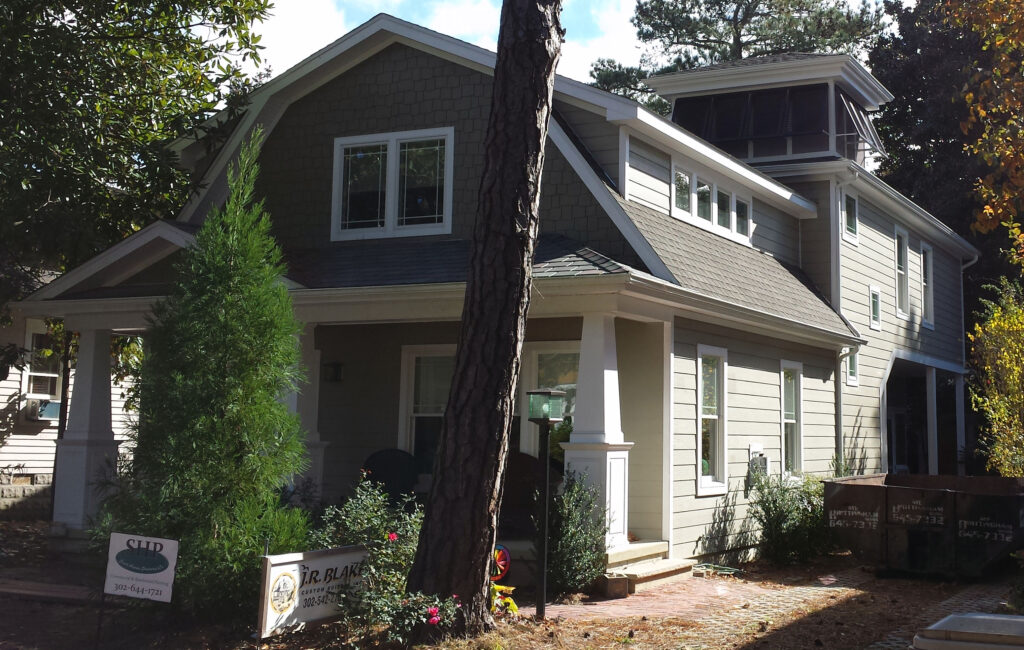Money Pit? How can you tell?
Money Pit has become a popular term again with the massive uptick in construction costs over the last year. There is a large client base in this area who are buying or have a cute, quaint beach cottage. The only problem is, they need more than that. They’re coming here to retire and live full time and would like the home to be comfortable or have storage. They bought the lot for a large sum of money and need more bedrooms to increase rental income to pay for it. They want to host the entire family, including lovely grandkids, so they need more than 3 bedrooms. Whatever the case, renovating the older homes is a popular idea. However, clients worry about the house cost of renovations outpacing their ability to pay for them or their return on investment. Sometimes it is more economical to start over. We’ve gotten prices for modest renovations that would have been two or three hundred thousand a couple of years ago coming in at four hundred and fifty and even six hundred thousand. This will kill a project at the worst possible time, so how do you avoid this disappointment?
Existing Constraints
One of the biggest drivers of costs for a renovation project are an inability to accept the house on it’s own terms. The more of the existing structure and systems you can leave in place, the more efficient your renovation would be. And that makes sense, it takes money to rip out perfectly good walls or electrical wiring and then replace them. At a certain point, you should just take the building down and start over. Residing the entire house costs a lot more than creatively accepting the existing siding and contrasting it on the new.
Foundations are a great example. Upgrading a foundation is costly and time consuming almost guaranteeing the regrets of a money pit renovation. Sometimes it is even outright impossible. If your foundation isn’t going to support your dreams, call the demolition crews. In a similar vein, removing load bearing structures or the roof will add nicely to the bill so you want to do that with intention.
What is something you can remove easily, you may be asking? Non structural walls are pretty easy. Removing and replacing the drywall isn’t usually a problem. This is especially true if you need to update the plumbing or electric or insulation behind it. Upgrading windows in the same openings is usually a good investment. And when it comes to payback, removing an existing outdated kitchen and installing a new one is often one of the best returns on your money. Similar stats hold true for master bathrooms and powder rooms.
Money Pit Warning Signs
Older homes tend to have a lot more surprises, and frankly, that’s probably the worst situation. Finding out about a money pit during construction, when it’s too late to make major changes, can be absolutely crushing to your hopes and dreams and your finances at the same time. The older your home is, the more likely existing conditions are not up to code. That means more upgrades to what’s already there. Whereas, if your home is 20 years old or less, there is a very good chance that it was built to current standards requiring less surprise upgrades.
The image we used at the top is from the Vandenburg Residence Renovation, and it was definitely a money pit. It started life, probably 80-100 years earlier as a garage. In the first phase, we found out the entire structure was completely termite ridden (all the way to the ridge beam.) We had to basically completely rebuild that house. In the end, the homeowner and the contractor both were very unhappy.
Another way to spot warning signs up front is to take your time. The more thorough inspections and walk throughs your contractor and design professional do, the more likely they will be able to catch things before you start. It’ll also help if you always have a reserve fund for those emergencies. Never try to renovate a home with the exact amount of cash you have available.

